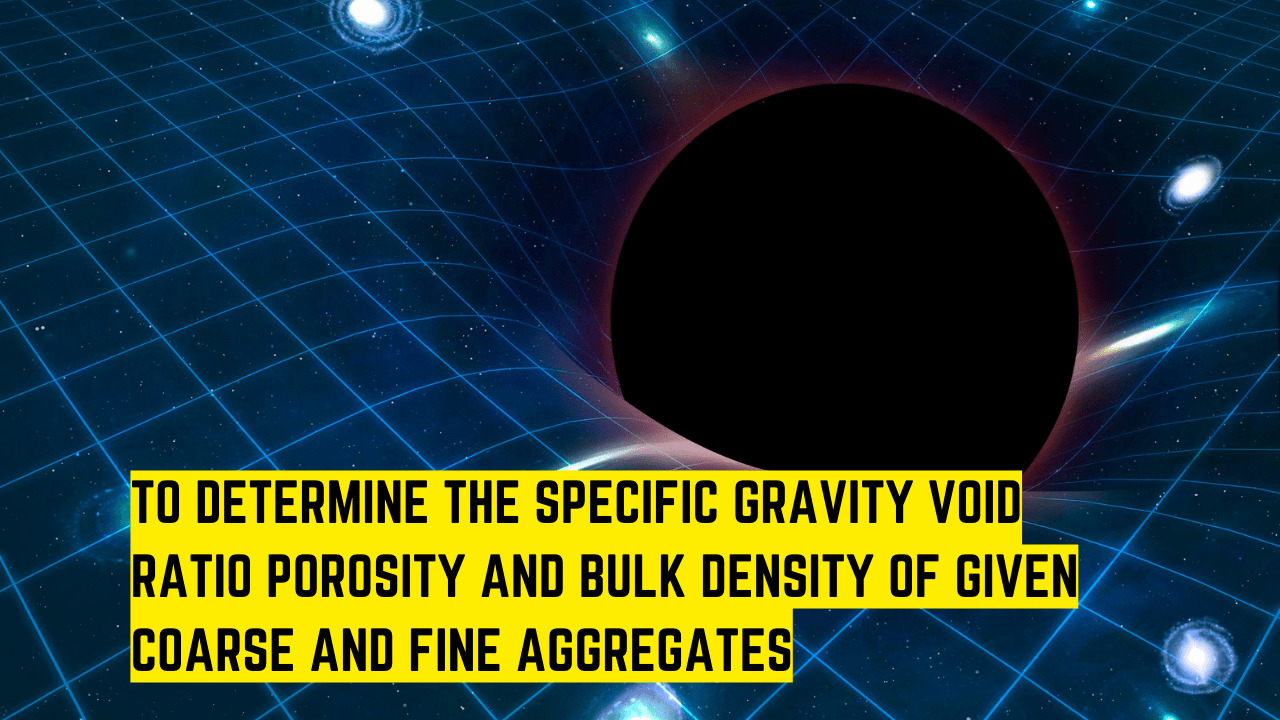Table of Contents
Aim:
To determine difference in elevation between two points using fly leveling and Fly back leveling. Booking the values using both HI and Rise and Fall method
Instruments required:
Dumpy level.levelling staff, Tripod etc,.
Theory:
Differential leveling is the method of direct leveling the object of which is solely to determine the difference in elevation of two points regardless of the horizontal position of the points with respect to each other. When the points are apart, it may be necessary to set up the instruments several times. This type of leveling is also known as fly leveling
The operation of leveling to determine the elevation of points at some distance apart is called differential leveling and is usually accomplished by direct leveling. When two points at such a distance from each other they cannot both be within range of the level at the same time, the difference in elevation is not found by single setting but the distance between the points is devided in two stages by turning points on which the staff is held and the difference of elevation of each of succeeding pair of such turning points is found by separate setting up of the level.
Procedure:
- Set up the instrument at a near bench mark and make temporary adjustments.
- First take back sight on BM.If the bench mark is inverted ,then staff should be held reverse, so that zero end touches BM and BS readings should be entered as negative. Then
HI=Elv.of BM – B.S (In case the BM is inverted)
- Take a series of IS on near by objects including 1st point before taking FS on 1st turning point (TP).
- Make leveling, take FS and BS on TP untill reading last point. Calculate RL’s of all the points.
- Now a leveling process is required to be repeated in a reverse direction, which is known as Fly back leveling.
- To check the accuracy for this work a FS taken on last point will be considered as BS, So that the point can be located as BM for the fly back leveling.
- Now calculate the RL’s, IS are required in a fly back leveling for a work to be accurate. The RL of BM thus determined should confirm suitably as the RL which is assumed at the beginning of a work within experimental limits.
- Calculate RL’s and apply checks suitably.
Booking of levels
- Height of instrument method:
In this method ,the height of the instrument(H.I) is calculated for each setting of the instrument by adding back sight(plus sight) to the elevation of the BM(First point).The elevation of reduced level of the turning point is then calculated by subtracting from H.I..the fore sight(minus sight).For the next setting of the instrument, the H.I is obtained by adding the B.S taken on T.P.1 to its R.L.The process continues till the R.L of the last point (a fore sight)is obtained by subtracting the staff reading from height of the last setting of the instrument. If there are some intermediate points, the R.L of those points is calculated by subtracting the intermediate sight (minus sight) from the height of the instrument for that setting.
Arithmetic Check: The difference between the sum of back sights and the sum of fore sights should be equal to the difference between the last and first R.L., Thus
∑B.S -∑F.S =Last R.L – First R.L.
The method affords a check for the H.I and R.L of turning points but not for the intermediate points.
ii) Rise & fall methods:
In rise and fall method, the height of the instrument is not at all calculated but the difference of level between consecutive points is found by comparing the staff readings on the two points for the same setting of the instrument. The difference between their staff readings indicates a rise or fall according as the staff reading at the point is smaller or greater than that at the preceding point. The figures for ‘rise’ and ‘fall’ worked out thus for all the points give the vertical distance of each point above or below the preceding one, and if the level of any one point is known the level of the next will be obtained by adding its rise or subtracting its fall ,as the case may be.
Arithmetic Check: The difference between the sum of back sights and the sum of fore sights should be equal to the difference between the sum of rise and sum of fall should be also equal to the difference between last and first R.L., Thus
∑B.S -∑F.S = ∑Rise -∑Fall =Last R.L – First R.L.
The method affords a complete check on the intermediate sights also.But this method is tedious than HI method.
Result:
- The difference in elevation between A and B =
Observations:
i)Height of Instrument method:
| Station | BS | IS | FS | HI | RL | Remarks |
| A | ||||||
| B | ||||||
| C | ||||||
| D |
- ii) Rise and fall method:
| Station | BS | IS | FS | Rise | Fall | RL | Remarks |
| A | BM and 1st point | ||||||
| B |
|
||||||
| C |
|
||||||
| d |
|





